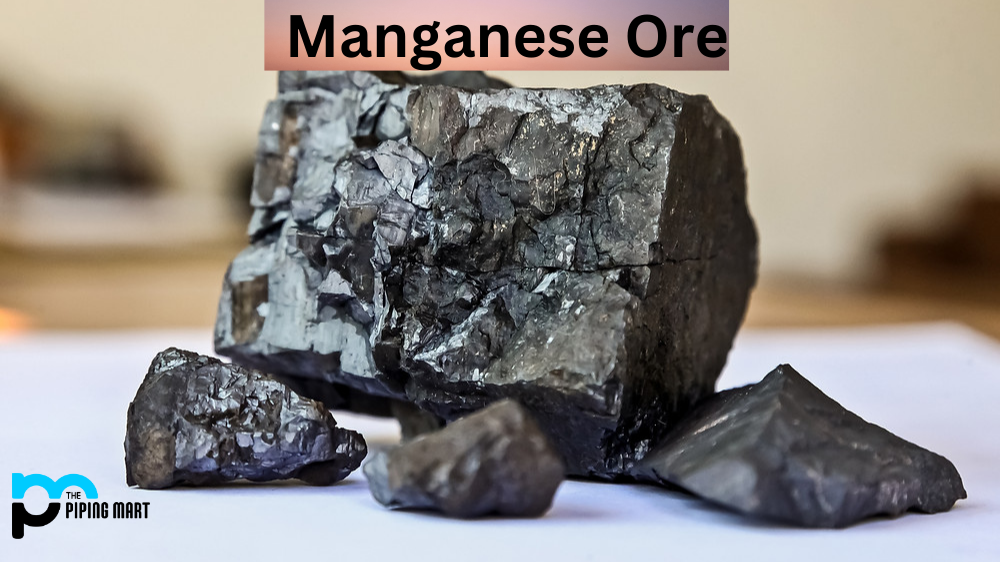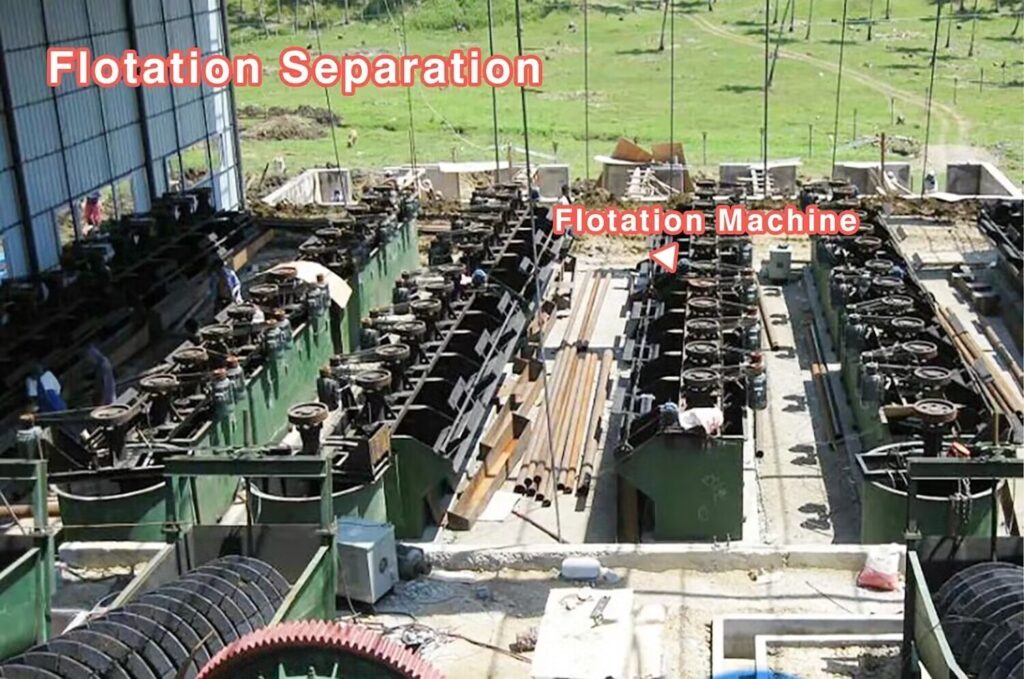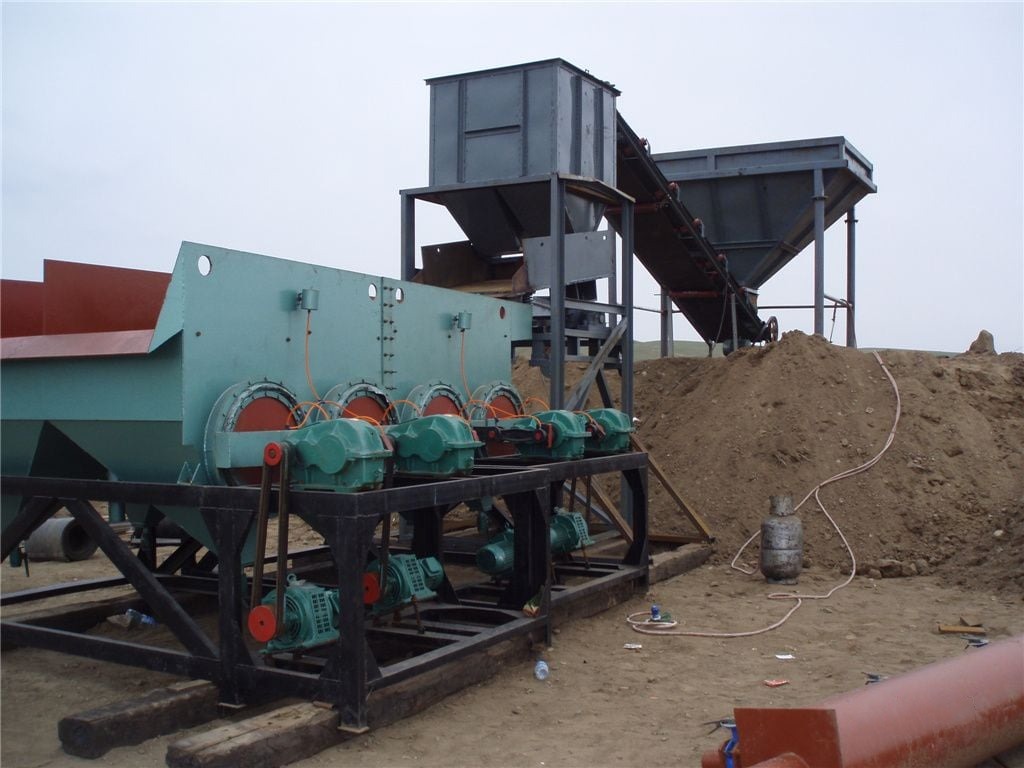L. R. P. de Andrade Lima Department of Materials Science and Technology, Federal University of Bahia, Phone: +(55) (71) 3283-9514, Fax: +(55) (71) 3283-9837, C.P. 6974, CEP: 41810-971Salvador – BA, Brazil. E-mail: lelo@ufba.br (Received: March 20, 2006 ; Accepted: July 28, 2007) Abstract – Carbon in leach and carbon in pulp are continuous processes that use activated carbon in a cascade of large agitated tanks, which have been widely used to recover or concentrate precious metals in gold extraction plants. In the carbon-in-pulp process adsorption occurs after the leaching cascade section of the plant, and in the carbon-in-leach process leaching and adsorption occur simultaneously. In both processes the activated carbon is moved from one tank to another in countercurrent with the ore pulp until the recovery of the loaded carbon in the first tank. This paper presents a dynamic model that describes, with minor changes, the carbon-in-leach, the carbon-in-pulp, and the gold leaching processes. The model is numerically solved and calibrated with experimental data from a plant and used to perform a study of the effect of the activated carbon transfer strategy on the performance of the adsorption section of the plant. Based on the calculated values of the gold loss in the liquid and of the gold recovered in the loaded activated carbon that leaves the circuit, the results indicate that strategies in which a significant amount of activated carbon is held in the first tank and the contact time between the carbon and the pulp is longer are the best carbon transfer strategies for these processes. Keywords: Activated carbon; Adsorption; Gold; Leaching; Modeling; Optimization. INTRODUCTION Metal recovery or concentration by adsorption on activated carbon has been the dominant process for gold extraction after leaching by cyanide in aerated alkaline slurries. The continuous processes of gold recovery by adsorption on activated carbon in agitated tanks, namely the carbon-in-pulp (CIP) and the carbon-in-leach (CIL) processes, have been widely used since the 1970s. Due to the economic importance of these processes, their simulation has been receiving some attention for twenty years, especially in South Africa, Australia, and Canada. These studies have provided useful insights for process operation and optimization; however, some assumptions of these models, such as the reactor mass balances and the activated carbon transfer, are in general very simplistic. The main goal of the present work is to provide an alternative improved model for the CIL process that can be applied to process performance evaluation. The CIP and CIL processes use granulated activated carbon that is mixed with the pulp, composed of ore and water, and after it has been loaded with aurocyanide ion, the rich activated carbon is pumped out into the adsorption circuit and sent to the elution process. The main difference between the CIL and CIP processes is that in the latter leaching and adsorption occur simultaneously, while in the former dissolution of the gold has …
DYNAMIC SIMULATION OF THE CARBON-IN-PULP AND CARBON IN LEACH PROCESSES Read More »










